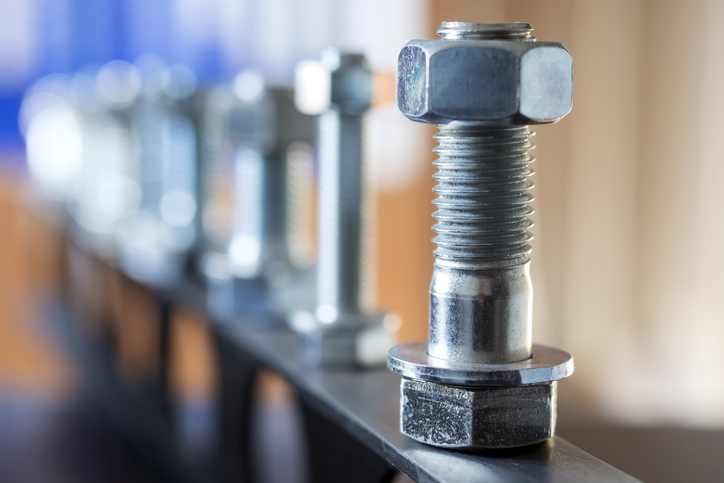This Is The Best Way To Avoid Fastener Supply Chain Breakdowns
If you are looking to avoid fastener supply chain breakdowns, there is a way.

Anchor fasteners are a vital part of any project. Metal parts are pretty straightforward to attach during engineering or construction operations. But when it comes to fastening construction parts to a base material such as brick or concrete, you need to exercise a lot of caution.
The success of any building or construction project involving the attachment of parts to base materials will depend on the types and quality of anchor fasteners you choose and the professionalism and expertise of your team.
Before we delve into the nitty-gritty of choosing the right fasteners and how to use anchor bolts, let us first discuss what they are.
These are heavy-duty elements used in the building and construction industry to connect structural elements to concrete, brick, or other masonry surfaces. They are different from the standard fasteners available on the market.
The unique design and properties of anchors ensure that they can resist both pullout forces and shear forces. Pullout forces act along the fastener's direction while shear forces act at right-angles to the axis of the anchor.
The two types of anchors available for building and engineering applications include;
These types of fasteners use friction to connect structural elements to various substrates. They consistently expand in diameter when pushed into a hole. Through the expansion mechanism. It grips the base material tightly and holds the structural element in place.
Varieties of this type of anchor are currently available for various construction applications. Notably, mechanical fasteners include wall plugs or dowels.
They fall into two broad categories; cast-in-place, and drilled-in anchors. They are further subdivided into another group that includes:
Others in this category include:
You’ll notice the difference in materials and the jobs they’re designed to perform. But the list of types of anchor bolts and fasteners doesn’t stop there.
Unlike mechanical anchors that use friction, chemical fasteners involve injecting a resin into a hole before inserting the stud. By default, the viscous chemical fills all the irregularities around the stud to provide an airtight and waterproof attachment. Bonds formed by chemical anchors are solid and sometimes stronger than the base materials.
Notable examples of chemical fasteners include:
If you are looking for more flexibility, chemical anchors are the way to go. They are also more robust than their mechanical counterparts. However, chemical anchors take longer to be ready for use as you can only put loads on them after they are set.
Many technicians get it wrong when installing fasteners for two reasons. Choosing poor-quality fasteners can make or break your project. And this is an area that purchasing managers and quality assurance personnel should always consider.
Again, you should note that installing fasteners will vary depending on the anchors you intend to use. But the installation process typically involves these three steps:
Properly installing the anchor decreases the risk of failure. It will also help to ensure that your project is safe.
An anchor has an incredible range of uses. However, finding the best quality anchor fasteners can be a challenging undertaking. But if you have a reliable fastener supplier, you’ll never have to worry about finding what you need for your upcoming projects.
You can trust Big Bolt to provide you with your desired type of anchor to ensure that your project is a success. Contact us for a free quote.
If you are looking to avoid fastener supply chain breakdowns, there is a way.
Choosing washers is an essential yet overlooked part of a project. They're among the most common fasteners used in the industry. It may...
Good quality fasteners make project management easier and safer. The best fasteners don't just come by — they're made using the right...
